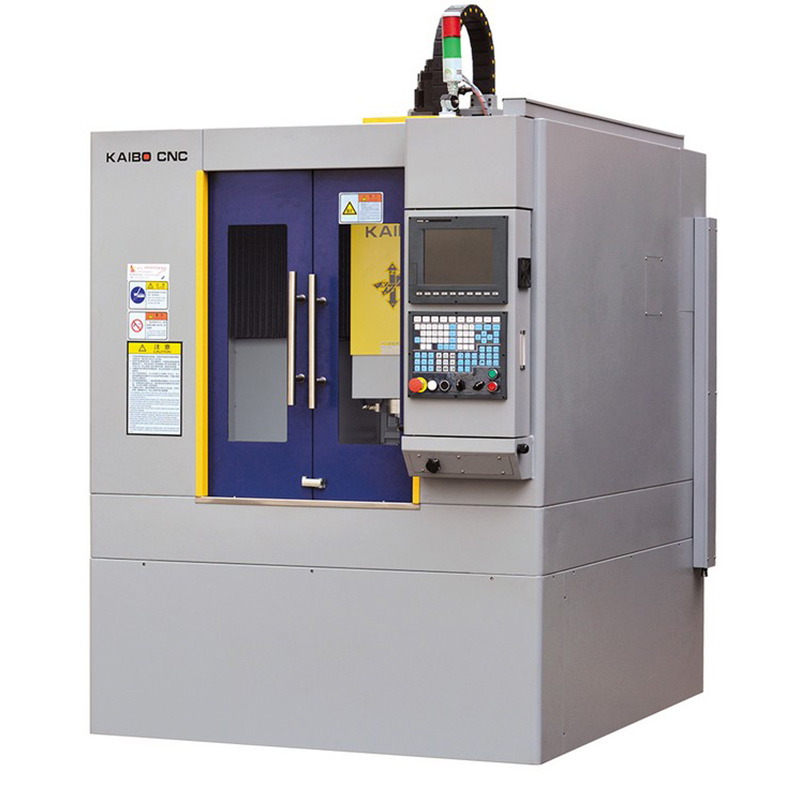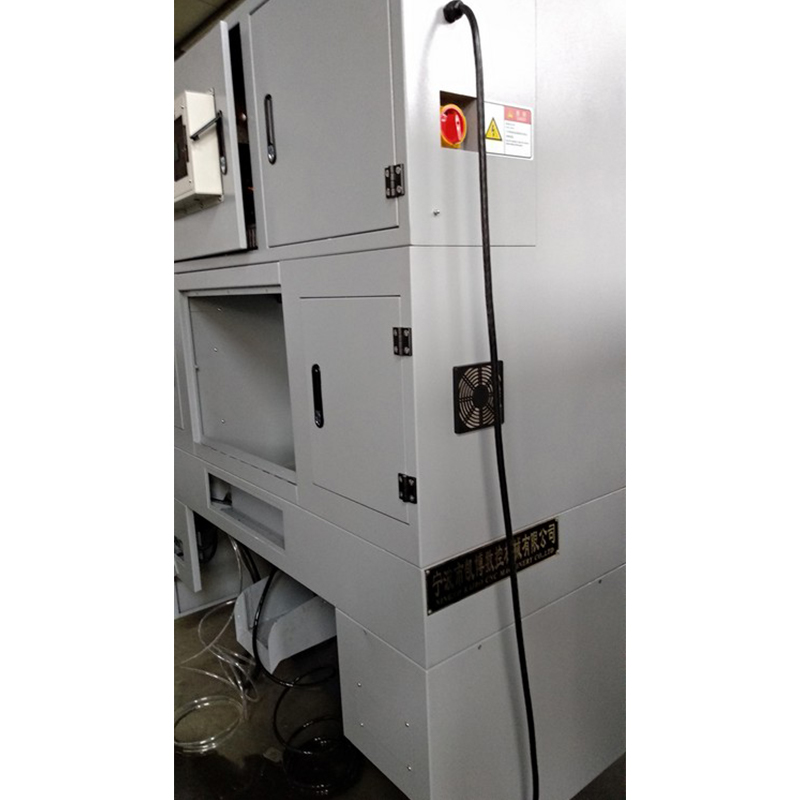
The evolution of graphite machining has witnessed a significant paradigm shift from traditional dry processing methods towards advanced wet processing techniques. This shift is especially prominent in smart manufacturing enterprises focusing on high-precision, high-volume graphite tooling and components. Wet graphite machining, enabled by coolant-assisted cutting and immediate debris evacuation, offers critical advantages over dry methods, including enhanced thermal control, dust suppression, and improved product consistency.
Wet graphite machining integrates a carefully regulated coolant system that continuously sprays cutting zones with liquid, typically water-based emulsions. This instantly removes heat generated by tool-workpiece interaction and clears graphite dust particulates that are inherently hazardous and abrasive.
In contrast, dry machining relies purely on the ambient environment for heat dissipation and dust control, resulting in higher thermal expansion and surface defects. Typical operating temperatures during dry machining can reach upwards of 300°C, whereas wet machining maintains temperatures around 60-90°C due to efficient thermal exchange. This temperature moderation drastically reduces thermal deformation risks and maintains dimensional accuracy within micrometer-level tolerances.

Key operating parameters — coolant flow rate, pressure, and nozzle spray patterns — are vital to fully harness wet machining benefits. Industry best practices recommend coolant flow rates between 10 to 15 liters per minute (L/min) with pressures ranging from 2 to 4 bar for medium to large graphite parts. Multi-angle spray nozzles positioned strategically around the cutting tool promote uniform cooling and rapid dust removal.
| Parameter | Recommended Range | Impact on Machining |
|---|---|---|
| Coolant Flow Rate | 10-15 L/min | Ensures heat dissipation, prevents tool wear |
| Coolant Pressure | 2-4 bar | Improves coolant penetration and dust clearance |
| Spray Coverage | 360° multi-nozzle setup | Uniform cooling, reduces hotspots |
Wet graphite machining significantly enhances surface finish and dimensional precision. Empirical studies demonstrate surface roughness (Ra) reductions by up to 35% compared to dry processes. Furthermore, the tool life expectancy typically improves by over 40%, owing to reduced thermal and abrasive wear.
For industries producing precision graphite electrodes and molds, maintaining tight tolerances with consistent batch reproducibility is paramount. Wet machining minimizes thermal-induced warping, guarantees stable cutting forces, and facilitates longer uninterrupted operation cycles within automated production lines.

Dry graphite machining liberates fine particulate dust posing inhalation hazards and contributes to abrasive wear of mechanical components. Wet machining's immediate dust suppression not only safeguards worker health but also reduces equipment maintenance costs by protecting moving parts against contamination. Modern coolant filtration systems further enhance environmental compliance by recycling fluids and reducing waste discharge.
Wet graphite machining aligns seamlessly with Industry 4.0 initiatives, facilitating fully automated, continuous production with real-time thermal and fluid monitoring. Sensors integrated into coolant delivery systems enable adaptive parameter adjustments, optimizing machining parameters dynamically to enhance throughput and quality. Such smart feedback loops reduce downtime and scrap rates while increasing operational efficiency.

Discover How Wet Graphite Machining Transforms Your Production Efficiency

